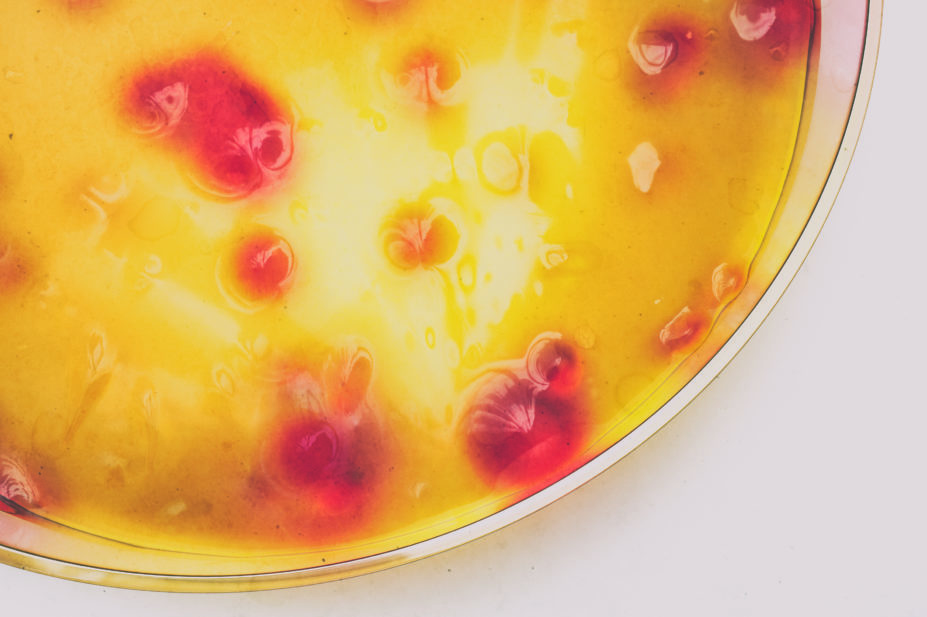
Shutterstock.com
Although surveillance data of antibiotic use in England are available, the data do not differentiate between medical and non-medical prescribers (NMPs).
A retrospective analysis study published in The Journal of Antimicrobial Chemotherapy (17 July 2017) examined the patterns of dispensed non-medical prescriber (NMP) prescriptions for antibiotics in primary care across England between 2011 and 2015[1]
.
During this period, the number of NMPs rose by 38.5% (absolute increase from 21,545 to 29,836); most of these prescribers were nurses (89.8% in 2015 compared with 88% in 2011). As a result, the rate of dispensed NMP prescriptions for antibiotics between 2011 and 2015 increased overall; however, the rate of all antibiotics dispensed per 100,000 person-days by NMPs demonstrated a 14.4% relative decrease. The most commonly dispensed antibiotics during that time were penicillin, sulphonamides, trimethoprim, macrolides, tetracyclines and nitrofurantoin.
With increasing numbers of NMPs working in primary care in England, they form an important group to involve in antimicrobial stewardship efforts, the researchers conclude.
References
[1] Courtenay M, Gillespie D & Lim R. Patterns of dispensed non-medical prescriber prescriptions for antibiotics in primary care across England: a retrospective analysis. J Antimicrob Chemother 2017. doi: 10.1093/jac/dkx230


